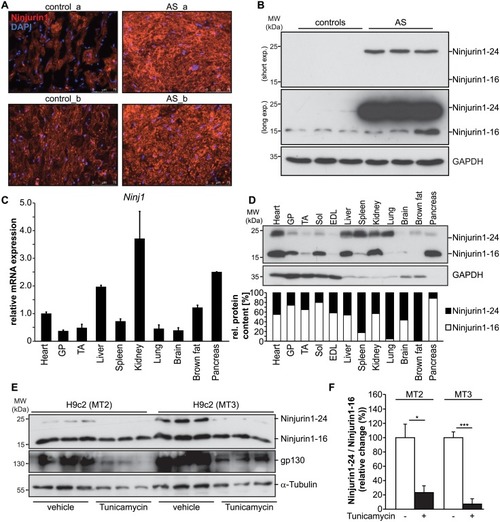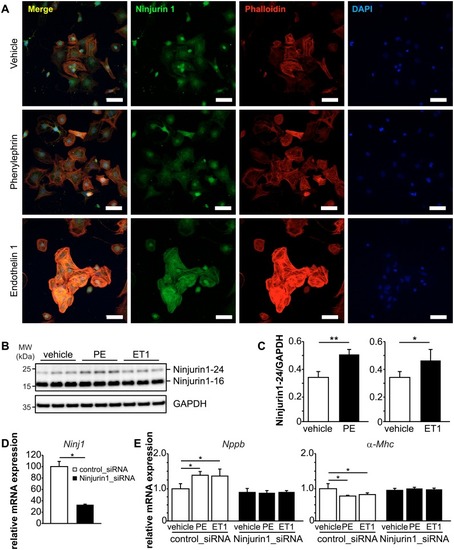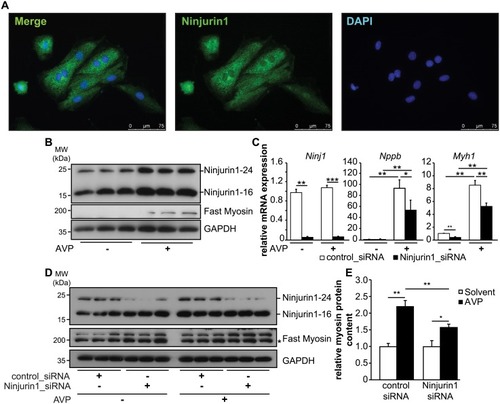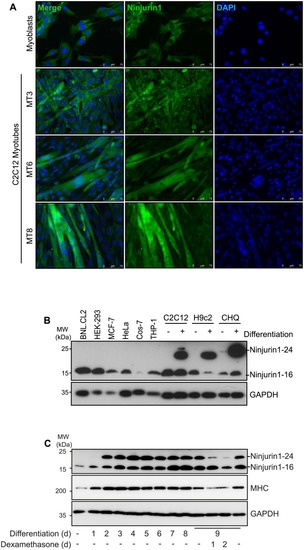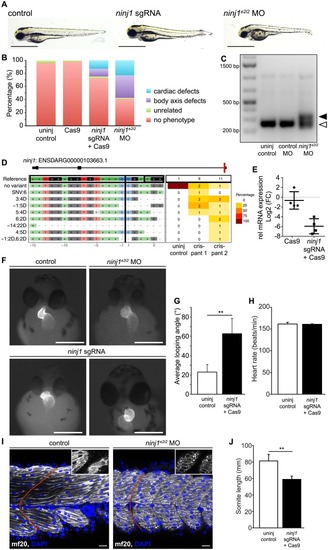- Title
-
Ninjurin1 regulates striated muscle growth and differentiation
- Authors
- Kny, M., Csályi, K.D., Klaeske, K., Busch, K., Meyer, A.M., Merks, A.M., Darm, K., Dworatzek, E., Fliegner, D., Baczko, I., Regitz-Zagrosek, V., Butter, C., Luft, F.C., Panáková, D., Fielitz, J.
- Source
- Full text @ PLoS One
|
|
|
|
|
|
|
|
|
Zebrafish (wild type or transgenic |

